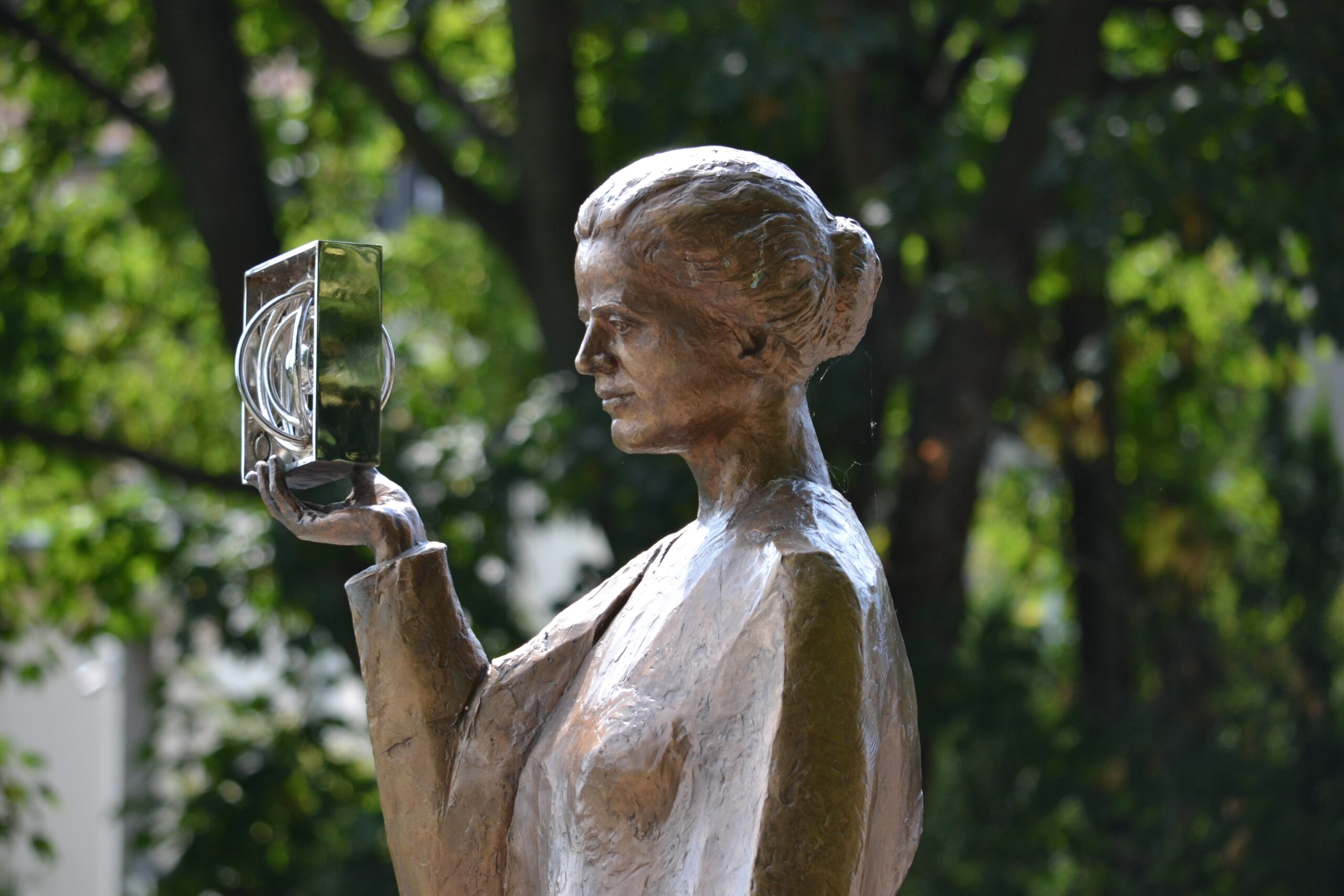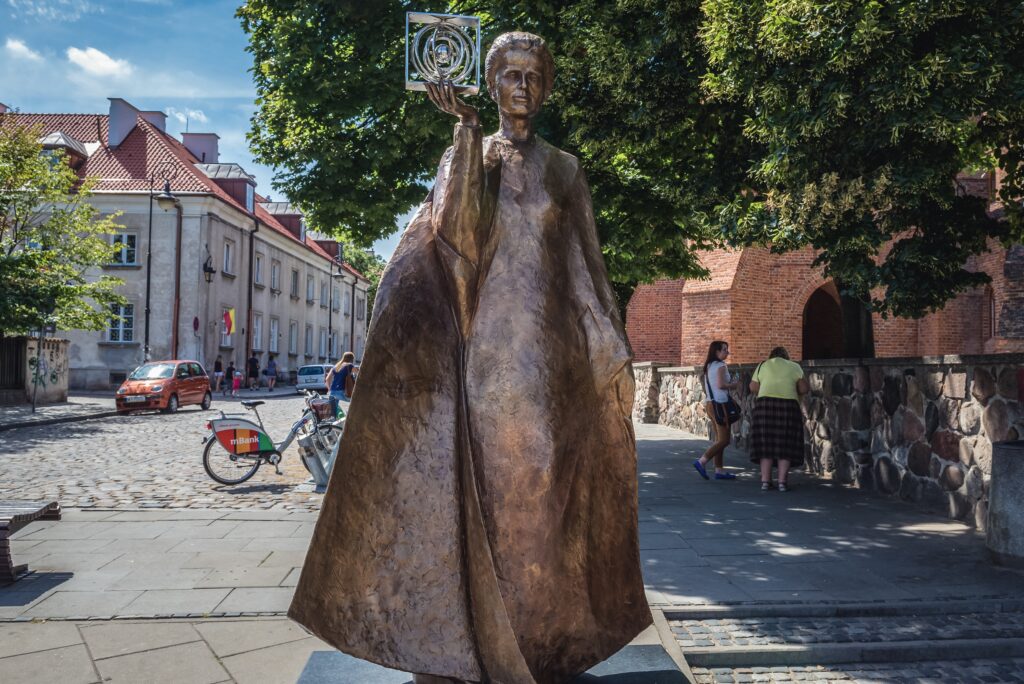
Marie Curie: The Woman Who Changed Science Forever
Marie Curie’s name is synonymous with brilliance, resilience, and scientific discovery. As the first woman to win a Nobel Prize, and the only person to win in two scientific fields, she didn’t just break boundaries — she rewrote them.
In this post, we explore how Marie Curie transformed the world of science, paved the way for future generations of researchers — and how her discoveries continue to shape medicine, physics, and chemistry to this day.
Outline
- A Humble Beginning in Poland
- From Warsaw to Paris: A Woman on a Mission
- Radioactivity: A New Scientific Frontier
- Polonium and Radium: The Breakthrough Discoveries
- Double Nobel Laureate: A Record That Still Stands
- Science in Service of Humanity: WWI and Beyond
- Her Legacy: In Science and in Equality
- Final Thoughts
A Humble Beginning in Poland
Marie Curie was born Maria Sklodowska in Warsaw, Poland, in 1867, during a time when women were not allowed to attend university. Despite the societal limitations, she was an exceptional student with a fierce passion for learning.
To continue her education, she joined the “Flying University”, a secret underground network of lecturers who taught women science and literature — an act of resistance against Russian rule.
From an early age, Curie proved that knowledge was worth fighting for.
From Warsaw to Paris: A Woman on a Mission
In 1891, Maria moved to Paris and adopted the name Marie. She enrolled at the Sorbonne, where she studied physics and mathematics — often in freezing conditions and on an empty stomach. Despite the hardships, she graduated at the top of her class.
It was in Paris that she met Pierre Curie, a physicist with a mind as sharp as her own. They married in 1895, and their partnership became one of the most iconic in scientific history.
Together, they would embark on a journey that would redefine science.
Radioactivity: A New Scientific Frontier
Marie began investigating the mysterious radiation discovered by Henri Becquerel. She coined the term “radioactivity” and, through meticulous research, proved that the radiation came from within the atom itself — a revolutionary idea at the time.
Her work not only challenged the existing scientific understanding, it laid the foundation for nuclear physics.
Marie Curie didn’t just enter a man’s world — she reshaped it.
Polonium and Radium: The Breakthrough Discoveries
Marie and Pierre’s painstaking work with pitchblende, a uranium-rich ore, led to the discovery of two previously unknown elements:
- Polonium (named in honour of her homeland, Poland)
- Radium, a highly radioactive element with powerful properties
These discoveries opened up an entirely new field of study and would later prove crucial in the development of cancer treatments and X-ray technology.
Curie once processed nearly a tonne of ore to isolate just a tiny amount of radium.

Double Nobel Laureate: A Record That Still Stands
In 1903, Marie Curie shared the Nobel Prize in Physics with Pierre Curie and Henri Becquerel for their work on radioactivity.
After Pierre’s tragic death in 1906, Marie continued their research alone. In 1911, she won a second Nobel Prize — this time in Chemistry — for discovering and isolating radium and polonium.
She remains the only person to win Nobel Prizes in two different scientific fields — a feat unmatched to this day.
Science in Service of Humanity: WWI and Beyond
During World War I, Curie turned her attention to medicine. She developed mobile X-ray units, known as “Little Curies,” to help diagnose injuries on the battlefield.
She trained medical staff, drove the units herself, and helped treat more than a million soldiers.
Her actions proved that science was not only about theory — it could save lives.
While others focused on weapons, Curie focused on healing.
Her Legacy: In Science and in Equality
Marie Curie’s legacy is twofold:
Scientifically:
- She paved the way for nuclear medicine and cancer therapy
- Her discoveries remain essential to modern physics and chemistry
- The Curie Institutes in Paris and Warsaw remain leading centres for medical research
Socially:
- She broke gender barriers in one of the world’s most male-dominated fields
- She inspired generations of women to pursue science
- She proved that brilliance knows no gender
Einstein once said, “Marie Curie is, of all celebrated beings, the one whom fame has not corrupted.”
Final Thoughts
Marie Curie wasn’t just a scientist. She was a pioneer, a humanitarian, and a symbol of quiet, unstoppable strength.
She once said:
“Nothing in life is to be feared, it is only to be understood.”
That attitude changed the world — not just in laboratories, but in classrooms, hospitals, and history books.
Her legacy isn’t just in the periodic table. It’s in every young mind that dares to ask, “Why not me?”


